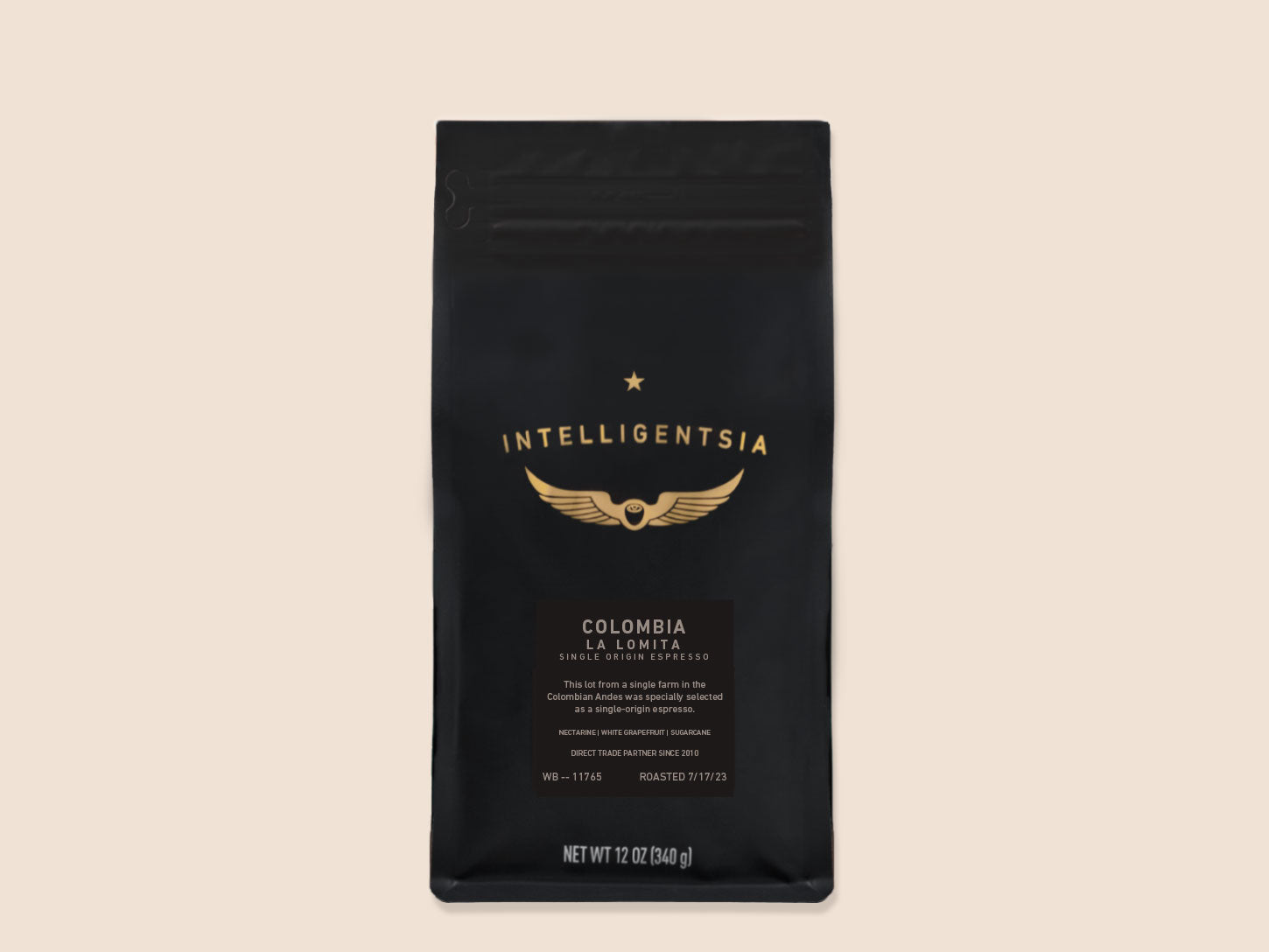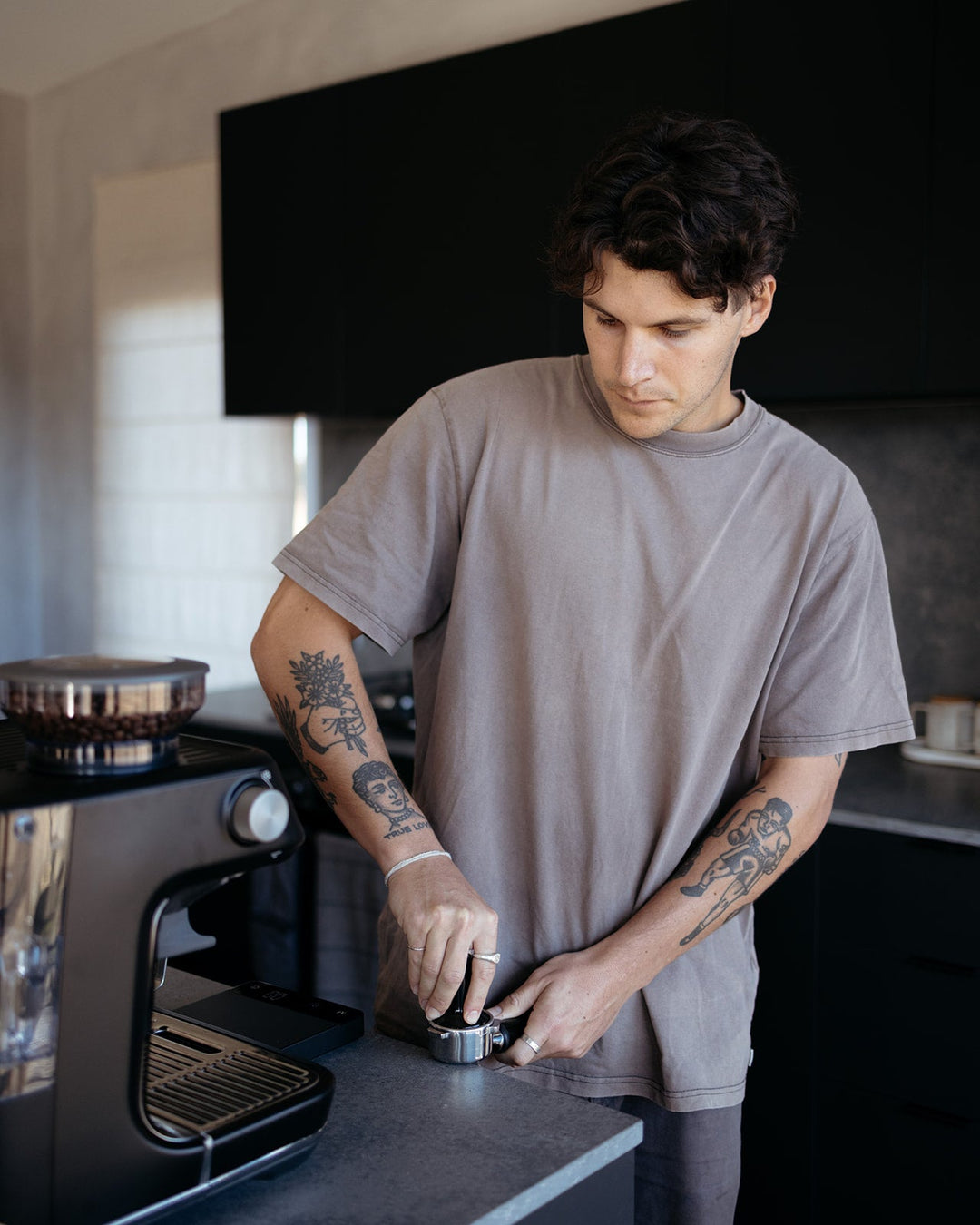Coffee Beans 101: Every Little Thing You Need to Know About Coffee and Blended Coffee Beans
When it comes to coffee, comprehending the nuances of espresso and mixed beans can transform your daily cup. From the growing procedure to roasting strategies, every step plays a role in your coffee experience.
Comprehending Coffee Beans: Kinds and Varieties
When diving right into the world of coffee, understanding the types and selections of coffee beans is important for each fanatic. You'll largely encounter two main species: Arabica and Robusta. Arabica beans are known for their smooth, complicated flavors and reduced caffeine content, making them a favorite among coffee aficionados. On the other hand, Robusta beans pack a punch with a stronger, more bitter preference and higher caffeine levels, frequently utilized in coffee blends.
Within these species, you'll locate numerous regional varieties, each bringing unique qualities. For example, Ethiopian Yirgacheffe offers bright flower notes, while Colombian beans provide a healthy taste profile. As you check out, bear in mind to take note of handling techniques like cleaned or natural, as they can considerably influence the last preference. By familiarizing on your own with these beans and their flavors, you'll elevate your coffee experience and make even more informed selections in your developing journey.
The Expanding Refine: From Seed to Bean
When you explore the journey of coffee, all of it begins with seed choice techniques that set the structure for quality. From there, growing and gathering play crucial roles in guaranteeing the beans prosper. Lastly, handling techniques transform those harvested cherries into the coffee beans you enjoy.
Seed Option Methods
Selecting the appropriate seeds is essential for producing top quality coffee beans, as it lays the foundation for the whole expanding process. Pay attention to the seed's age and storage conditions, as fresh seeds often tend to sprout far better. Consider the disease resistance of various selections, as this can significantly impact your return.
Growing and Harvesting
As you nurture your coffee seeds into thriving plants, understanding the farming and harvesting procedure is crucial for attaining the very best taste and high quality. Beginning by growing your seeds in well-draining dirt, preferably in a shaded location to protect them from direct sunlight. As your plants grow, preserve consistent wetness, and bear in mind their demand for nutrients. Prune regularly to promote airflow and healthy and balanced growth.
Hand-picking is typically the finest technique to assure just the ripest cherries are picked. Timing is important; collecting too late or also early can impact the taste profile of your beans.

Processing Approaches Described
Once you've collected your coffee cherries, the following essential step is refining them to transform those dynamic fruits right into the beans you'll make. In the dry process, you spread out the cherries out in the sunlight to dry, allowing the fruit to ferment and present special flavors to the beans. Recognizing these approaches is essential to enjoying your coffee experience.
Roasting Techniques: Just How Flavor Is Established
When it pertains to toasting coffee beans, comprehending roast levels is vital to revealing their unique tastes. Each roasting technique impacts the fragrance and improves the taste development procedure, providing you a richer coffee experience. Let's explore just how these aspects come together to elevate your daily mixture.
Roast Levels Clarified
Roast degrees play a crucial function in forming the taste profile of your coffee. You'll take pleasure in bright level of acidity and fruity notes when you choose a light roast. As you relocate to a tool roast, you'll notice an equilibrium of sweet taste and complexity, often highlighting delicious chocolate or caramel tastes. Dark roasts, on the various other hand, deliver strong, smoky features with less acidity, making them abundant and durable. Each degree results from various roasting times and temperatures, affecting the beans' chemical make-up. By understanding these degrees, you can much better select a coffee that matches your preference choices. Try out various roasts to find which one reverberates with you, boosting your overall coffee experience and pleasure.
Influence on Aroma
The roast level not only influences the taste of your coffee yet likewise significantly influences its scent. When you select a light roast, you'll usually notice intense, flower notes that can make your coffee odor vivid and fresh. As the beans darken, the scent changes; a tool roast brings out extra well balanced, caramelized aromas, while a dark roast often tends to include strong, great smoky undertones. Each toasting technique releases various unpredictable substances, shaping exactly how your coffee scents. Furthermore, the quality of the beans plays a vital duty; freshly baked coffee releases extra aromatic oils, boosting that attracting scent. Pay focus to the roast level-- it's vital to revealing the complete aromatic experience of your mixture.
Flavor Growth Process
As you check out the taste development procedure, you'll find that roasting techniques play a crucial role in forming the taste profile of your coffee. The toasting temperature level and time directly influence the acidity, sweet taste, and resentment of the beans. Light roasts keep more of the bean's original flavors, highlighting flower and fruity notes.
Espresso vs. Blended Coffee: Key Distinctions
Espresso and best site combined coffee each offer unique experiences that satisfy different preferences and preferences. Espresso is a concentrated coffee made forcibly warm water with finely-ground coffee beans, causing an abundant, strong taste and a luscious layer of crema on top. It's often delighted in as a shot or made use of as a base for drinks like lattes and cappuccinos.
On the other hand, mixed coffee her explanation incorporates numerous beans from different areas, producing a much more well balanced taste profile. You'll usually locate blends that highlight body, sweetness, or level of acidity, making them functional for various brewing techniques. While espresso focuses on strength, combined coffee might use a wider range of flavors that can alter with each sip.
Inevitably, your selection between espresso and blended coffee come down to your individual choice. Whether you long for a fast shock or a leisurely cup, both choices have something scrumptious to use.

Developing Techniques: Opening the Perfect Cup
When it involves brewing coffee, locating the right method can change your experience and raise your cup. Each brewing strategy has its one-of-a-kind charm and can greatly affect your coffee's taste and aroma. For example, using a French press allows you to take pleasure in a robust and rich mixture, while a pour-over technique supplies a clean, bright mug with distinctive flavors.
If you like coffee, purchasing a top quality equipment can help you grasp the art of pulling shots. Conversely, for benefit, a single-serve shuck system uses rate without giving up preference.
Don't fail to remember regarding cool mixture, which delivers a smooth, less acidic coffee ideal for warm days. Experiment with different methods to find what reverberates with your taste buds. Each developing technique opens a new world of possibilities, so take the time to discover and locate your excellent cup. Satisfied developing!
Tasting Notes: Recognizing Taste Profiles
How can you truly appreciate your coffee if you do not understand what flavors to look for? Sampling notes are your overview to comprehending the complex globe of coffee. Some coffees may leave a chocolatey or sugar aftertaste, while others might have a brilliant, clean finish.
Consider the body of the coffee, as well; is it light and ventilated or thick and syrupy? Do not neglect level of acidity; an intense acidity can add vigor, while a reduced level of acidity might offer a smoother experience. By determining these flavor profiles, you'll grow your connection with each cup, making coffee tasting a fascinating journey of exploration.

Tips for Choose and Keeping Coffee Beans
Selecting and storing coffee beans correctly can significantly enhance your developing experience. Start by selecting premium beans that suit your taste. Look for freshness; beans roasted within the last 2 weeks are ideal. Inspect the roast date on the packaging, and purchase from neighborhood stores or respectable roasters.
Once you have your beans, keep them in a closed container to avoid exposure to wetness, light, and air. A dark, awesome place works best, so avoid keeping them in the refrigerator or fridge freezer, as this can present dampness. Just grind the quantity you require to keep freshness; whole beans maintain flavor longer than pre-ground coffee.
Lastly, attempt to use your beans within two to four weeks after opening for peak preference. Adhering to these tips will ensure your coffee stays delicious and pleasurable, raising your everyday brew to brand-new elevations.
Regularly Asked Concerns
The Length Of Time Do Coffee Beans Keep Fresh After Toasting?
Coffee beans stay fresh for regarding 2 weeks after roasting - SOE. You must save them in an airtight container, away from light and wetness. After that, their taste and scent begin to decrease considerably

Can I Mix Different Coffee Bean Varieties?
Definitely, you can blend different coffee bean varieties! go right here Trying out with blends can improve flavors and create an unique preference profile. Simply make certain to balance the staminas and qualities of each variety for the very best outcomes.
What Is the Ideal Grind Size for Coffee?
For espresso, you'll desire a great grind size, regarding the texture of common salt. This allows optimal extraction, leading to an abundant, delicious shot. Experiment a little bit to locate what matches your taste best!
Exactly How Does Elevation Affect Coffee Bean Taste?
Elevation impacts coffee bean flavor by influencing the growth rate and chemical structure. Higher altitudes result in slower growth, which improves level of acidity and complexity, giving your coffee a special and vibrant taste you won't fail to remember.
Are There Decaffeinated Versions of Espresso Beans?
Yes, there are decaffeinated versions of espresso beans. You can delight in a rich espresso flavor without the high levels of caffeine kick. Just try to find "decaf" blends at your neighborhood coffeehouse or specialty store.
Coffee Beans 101: Everything You Need to Know Concerning Espresso and Blended Coffee Beans.
When diving into the globe of coffee, understanding the types and varieties of coffee beans is important for every enthusiast.When it comes to roasting coffee beans, recognizing roast degrees is essential to exposing their special tastes. Coffee is a concentrated coffee brewed by forcing hot water with finely-ground coffee beans, resulting in an abundant, vibrant taste and a creamy layer of crema on top.On the other hand, blended coffee integrates numerous beans from various areas, creating a much more balanced flavor account.